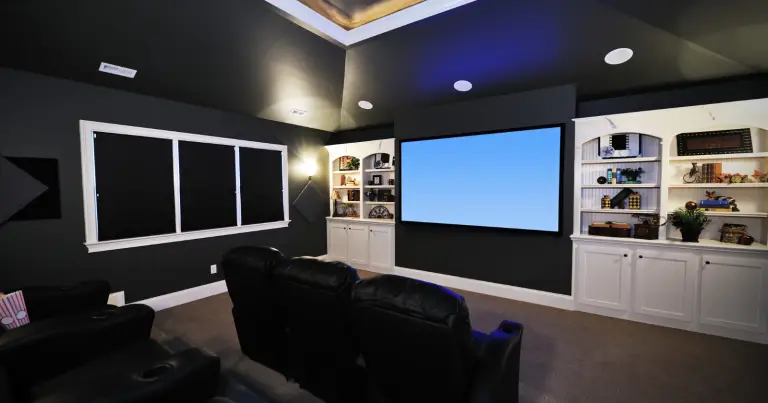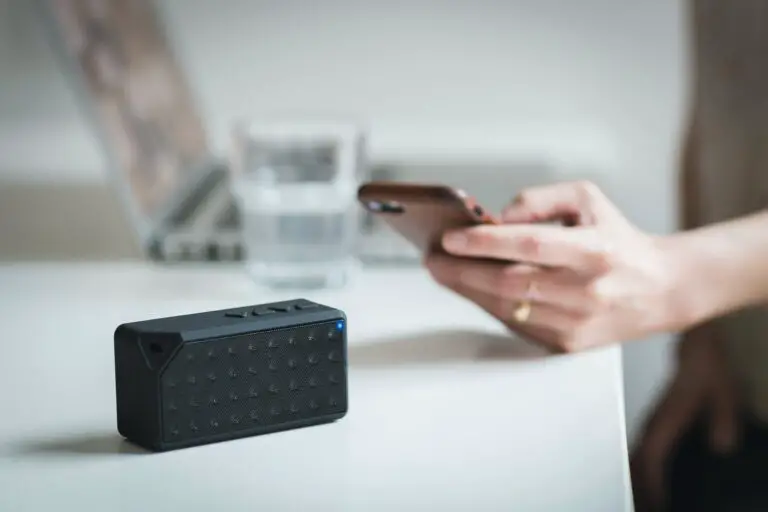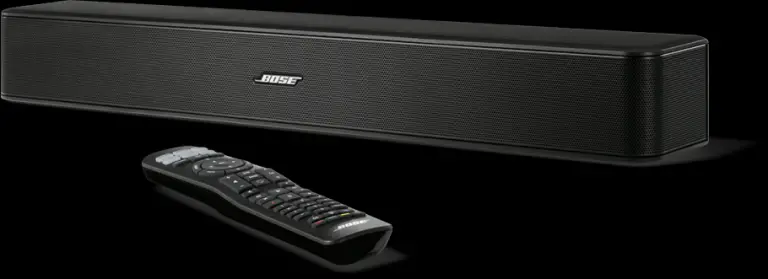Wondering How to Wire Speakers With 4 Terminals? The many terminals on speakers enable you to use them conventionally by delivering the complete audio signal to all the drivers or, alternatively, to send the audio signal to several drivers and amplifiers.

Connecting wire speakers with 4 terminals improve the audio quality of your music. They enable you to connect two sets of speakers to your audio equipment to increase sound output.
This speaker setup is ideal for home theatres and gaming systems, improving the movie-watching and gaming listening experience. So let’s read this article, How to Wire Speakers With 4 Terminals, to know the answer.
Three Easy and Quick Steps To Wire Speakers With 4 Terminals
Figuring Out Wire Length and Gauge
If you’ve speaker wire, you must first figure out what gauge and length of wire to use depending on the impedance of your speakers. Keep in mind that if you use a too thin or long wire, the resistance across the wire will rise, resulting in audio degradation.
Stripping the Speaker Wire
The speaker wire’s two ends must then be stripped to fit into the bi-wire pins and connected to the amplifier.
Depending on your arrangement, you will either leave the conductive bar connected to the terminals and join a single set of wires or use the bi-wiring method by removing the bar and connecting two sets of wires.
However, using the Bi-amping approach, you can attach the terminals to various amplifiers. The worst case would be to try to remove the wire insulation and damage or ruin a section of the inside wire. A professional crimping tool includes portions for stripping wires of various gauges.
Connect the Speaker Wire’s One End to the Amplifier
The next step is to attach the amplifier to one end of every speaker wire. Moreover, your amplifier can contain binding posts, bi-wiring posts, or spring clip terminals.
Certainly, both the speaker posts and speaker wiring will be color-coded. Join the amplifier to the two pairs of speaker wires after removing the bridge plates or pins between the binding posts. Moreover, take note of the polarity of the wire connection.
Take the bridge pins or plates off the bi-wiring posts, and then put each wire. Many people use the improper wire gauge and length as they are unsure of the impedance level of their speakers, which affects the sound quality.
They subsequently conclude that it has something to do with the wiring configuration they’ve created.
Types of Speaker Connections
As a connection method, loudspeakers feature terminals or posts. However, depending on the speaker and intended purpose, it might have other connection types.
Spring Clip Terminals
These terminals are typically found on older speakers. A spring-loaded clamp maintains the wires’ position. In addition, they are typically colored black and red to differentiate between negative and positive terminals.
Binding Posts
A binding post consists of a post along with a binding cap. Once the cap is replaced, a hole will stretch through the middle from one side to the other.
In addition, these posts are generally color-coded in black and red to assist in polarity identification. These kinds of posts are gold-plated and incorporate speakers of the highest quality.
Read this article: How To Connect 5.1 Speakers To Projector (A Setup Guide)
Bi-wiring Posts
These posts will work similarly to binding posts. Alternately, you might want to push the wire through the post’s center instead of its side.
Bi-wire terminals have two sets of terminals, allowing the amplifier to connect two distinct sets of speaker wires. The low-frequency driver is powered by one set of wires, while the other set powers the high-frequency drivers. This results in better bass response and a smoother treble.
The two terminals of these posts are connected by a conductive bar, allowing you to, if you so want, connect both drivers to your amplifier with a single wire. The default arrangement sends the same audio signal to both drivers.
Watch this video:
Bi-wiring Setup
The conductive bar is taken out at this point, and each terminal’s independent wires are connected to a single amplifier. This enables the separation of frequencies by using the crossover method.
Bi-amping Setup
Here, the conductive bar is eliminated, and each terminal is linked to separate wires, with each wire leading to a separate amplifier.
Banana Plugs
Banana plugs are a connector that can be purchased and used to connect speaker wires. These fittings do not include loudspeakers or posts. They are typically employed in settings requiring high usability or when loudspeakers are constantly being relocated.
Read this article: The 9 Best Gaming Affiliate Programs
Some Other Types of Speaker Connections
Depending on the speaker’s design and function, various connections are available, including 1/4-inch jack connections, RCA connections, XLR connections, and SpeakON connections.
Typically, these speakers will be studio monitors, PA speakers, studio speakers, and stage monitors. Certainly, you may utilize these types of speakers in a home theatre system, but they are all built to perform significantly different purposes.
In addition, if you have speakers with these connectors, you must ensure that your amplifier enables these connections.
There are multiple output connection types available in the form of S/PDIF cables. All the connection methods listed besides S/PDIF are analog, enabling you to find a converter from one kind to another.
Are These Ways of Connecting Better Than Using Speaker Wire?
The various connection types are utilized for a variety of applications. When the wire length is long, 14-inch jack connectors are susceptible to interference. XLR connections are balanced connections that are ideal to use in recording studios.
Large PA systems that involve major wear and tear utilize SpeakON cables.
The standard speaker wire and connection with your home audio equipment can handle and work at a high level. So, you don’t need to look for converters and devices that change the type of connection.
The Bottom Line: How to Wire Speakers With 4 Terminals
Wondering How to Wire Speakers With 4 Terminals? Those mentioned above are significant ways to connect wire speakers with 4 terminals. Use these steps to connect wire speakers with four terminals with ease.
However, before leaving the premises, you must always test the speaker to confirm that it’s in good working order. So, be careful when performing this task, as it might be hazardous if done improperly.






